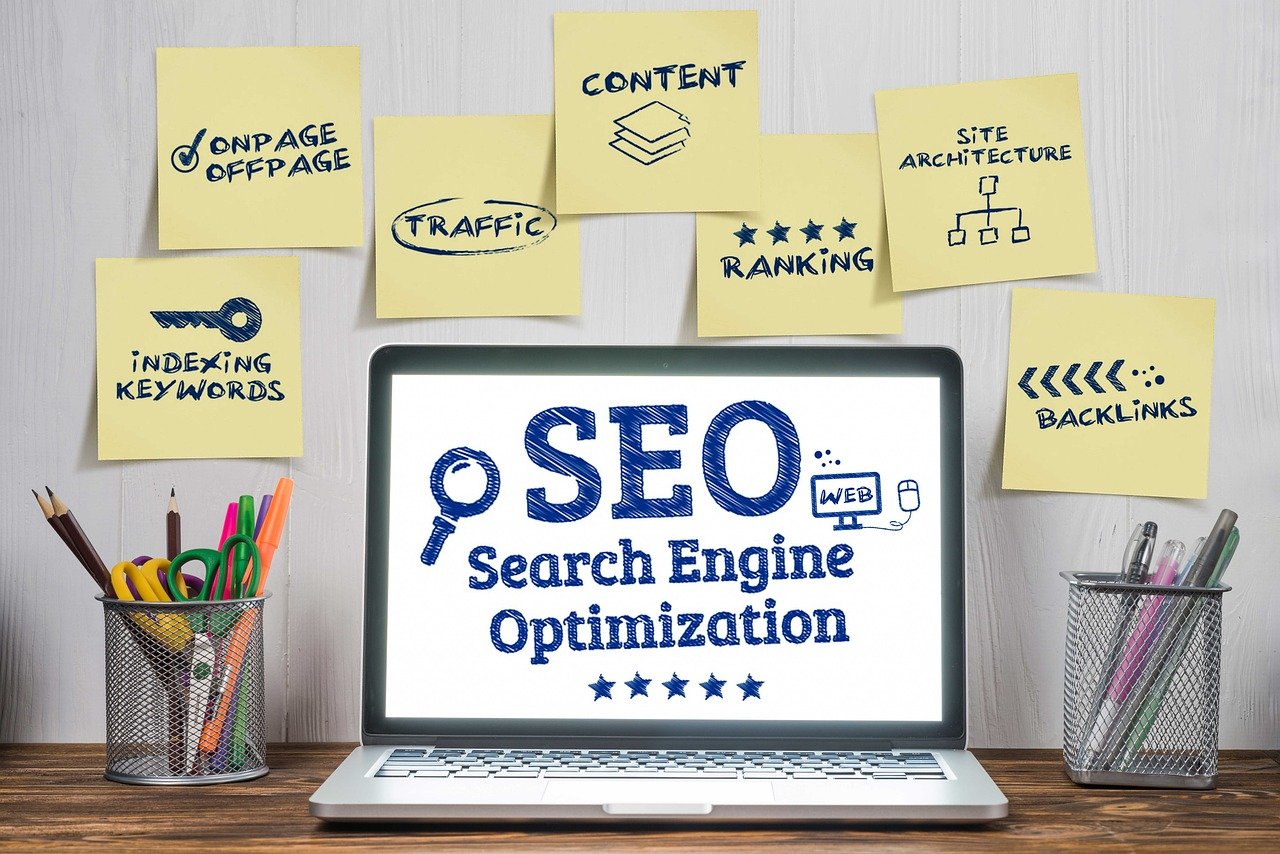1. Definition and Importance of Digital Marketing
A digital marketing strategy outlines how a business will use digital channels to achieve its marketing goals. It’s a plan that helps a company utilize online platforms such as websites, social media, and email to connect with its audience and drive conversions.
Table of Contents
Importance:
- Targeted Reach: Digital marketing allows businesses to reach a highly targeted audience, increasing the chances of engagement and conversion.
- Cost-Effective: Compared to traditional marketing methods, digital marketing is often more cost-effective, making it accessible to businesses of all sizes.
- Measurable Results: Digital marketing provides tools to track and measure the performance of campaigns in real-time, allowing for quick adjustments to optimize results.
- Brand Building: Consistent digital marketing efforts can help build a strong online presence and establish a brand’s credibility and authority in its industry.
- Competitive Advantage: A well-defined digital marketing strategy can give businesses a competitive edge by allowing them to adapt to changing market trends and consumer behavior.
Wants to learn Digital marketing from beginning

2. Goal Setting
Setting clear and achievable goals is crucial for a successful digital marketing strategy. Here’s how to approach goal setting effectively:
- SMART Goals: Make sure your goals are Specific, Measurable, Achievable, Relevant, and Time-bound. For example, aim to increase website traffic by 20% in the next six months.
- Alignment with Business Objectives: Ensure that your digital marketing goals align with your overall business objectives. If your business goal is to increase sales, your digital marketing goal might be to generate more leads.
- Key Performance Indicators (KPIs): Identify the key metrics that will help you measure the success of your goals. These could include website traffic, conversion rates, or social media engagement.
- Regular Review and Adjustment: Regularly review your goals and performance metrics to track progress. Adjust your strategies as needed to stay on track towards achieving your goals.

3. Audience Targeting
Audience targeting is the process of identifying and reaching a specific group of people most likely to be interested in your products or services. Here’s how it works:
- Understanding Your Audience: Start by creating buyer personas to understand your target audience’s demographics, interests, and pain points.
- Segmentation: Divide your audience into segments based on similarities. This allows for more personalized and effective marketing campaigns.
- Targeting Channels: Choose the right channels to reach your audience. For example, if your audience is active on social media, focus your efforts there.
- Personalization: Tailor your messages and content to each audience segment to increase engagement and conversions.
4. Content Strategy
A content strategy is a plan that outlines how and why you will create and distribute content to attract and engage your target audience. Here’s what you need to know:
- Audience Research: Understand your audience’s needs and preferences to create content that resonates with them.
- Content Types: Determine the types of content you will create, such as blog posts, videos, infographics, etc., based on your audience’s preferences and the message you want to convey.
- Content Calendar: Plan your content creation and publication schedule to maintain consistency and relevance.
- SEO Optimization: Ensure your content is optimized for search engines to improve visibility and reach.
- Content Promotion: Identify channels and strategies to promote your content, such as social media, email marketing, and influencer partnerships.
Where to Add Images: It would make sense to add images that represent different types of content, such as a blog post, a video thumbnail, or an infographic. Additionally, you could include visuals that illustrate the content creation process, such as brainstorming sessions or content calendars.
5. SEO Strategy
An SEO (Search Engine Optimization) strategy is crucial for improving your website’s visibility in search engine results. Here’s how to create an effective SEO strategy:

- Keyword Research: Identify relevant keywords that your target audience is searching for. Use tools like Google Keyword Planner or SEMrush for this.
- On-Page Optimization: Optimize your website’s content, meta tags, and images with selected keywords to improve its relevance to search queries.
- Quality Content: Create high-quality, relevant, and valuable content that answers users’ questions and provides solutions to their problems.
- Link Building: Build high-quality backlinks from reputable websites to improve your site’s authority and credibility.
- Mobile Optimization: Ensure your website is mobile-friendly, as mobile compatibility is a key ranking factor for search engines.
- Technical SEO: Improve your website’s technical aspects, such as site speed, crawlability, and indexability, to enhance its search engine performance.
6. Social Media Strategy
A social media strategy is a plan that outlines how your business will use social media to achieve its marketing goals. Here’s how to develop an effective social media strategy:
- Platform Selection: Identify the social media platforms where your target audience is most active. Focus your efforts on those platforms.
- Content Planning: Plan the type of content you will share, such as articles, videos, or images, and create a content calendar to maintain consistency.
- Audience Engagement: Engage with your audience by responding to comments, messages, and mentions. This helps build relationships and loyalty.
- Paid Advertising: Consider using paid advertising on social media to reach a larger audience and promote your products or services.
- Analytics and Monitoring: Use analytics tools to track the performance of your social media efforts and make adjustments as needed.

7. Paid Advertising
Paid advertising is a digital marketing strategy where businesses pay to have their ads displayed to a targeted audience. Here’s how it works and what you need to consider:
- Types of Paid Advertising: There are various types of paid advertising, including search engine advertising (like Google Ads), social media advertising (like Facebook Ads), and display advertising (like banner ads).
- Targeting: Paid advertising allows you to target specific demographics, interests, and behaviors, ensuring your ads are seen by the right audience.
- Ad Creatives: Creating compelling ad creatives is crucial for capturing audience attention and driving clicks. Use high-quality images or videos and compelling ad copy.
- Budgeting: Set a budget for your paid advertising campaigns and monitor their performance closely to ensure you’re getting a good return on investment (ROI).
- Testing and Optimization: Continuously test different ad creatives, targeting options, and ad placements to optimize your campaigns for better results.
8. Analytics and Monitoring
Analytics and monitoring are essential aspects of a digital marketing strategy, helping you track the performance of your campaigns and make data-driven decisions. Here’s what you need to know:
- Tools: Use analytics tools like Google Analytics, social media insights, and email marketing analytics to track key metrics such as website traffic, engagement, and conversion rates.
- Goal Tracking: Set up goal tracking in your analytics tools to measure the success of your marketing efforts against predefined objectives.
- Data Analysis: Analyze the data collected to identify trends, patterns, and areas for improvement in your marketing strategy.
- Reporting: Create regular reports to communicate the performance of your campaigns to stakeholders and make informed decisions based on the data.
- Optimization: Use the insights gained from analytics to optimize your campaigns for better results, such as adjusting targeting, content, or ad creatives.
Conclusion
In conclusion, developing a comprehensive digital marketing strategy is essential for businesses looking to succeed in today’s competitive online landscape. By defining clear goals, understanding your target audience, creating engaging content, optimizing for search engines, leveraging social media, and using paid advertising effectively, you can drive meaningful results for your business.
Additionally, monitoring and analyzing key performance metrics allow you to track the success of your efforts and make data-driven decisions to optimize your strategy further. By following these key principles and continuously refining your approach based on insights and trends, you can create a digital marketing strategy that helps you achieve your business objectives and stay ahead of the competition.
Remember, digital marketing is an ever-evolving field, so staying up-to-date with the latest trends and technologies is crucial. By staying agile and adapting to changes, you can ensure that your digital marketing strategy remains effective and continues to drive growth for your business.





Pingback: ERP vs CRM : Best comparison guide that you need to excel in2024 - RPMSNKHU Reviews
Pingback: Automated Business Ideas: A Comprehensive Guide that you need to excel in 2024 - RPMSNKHU Reviews